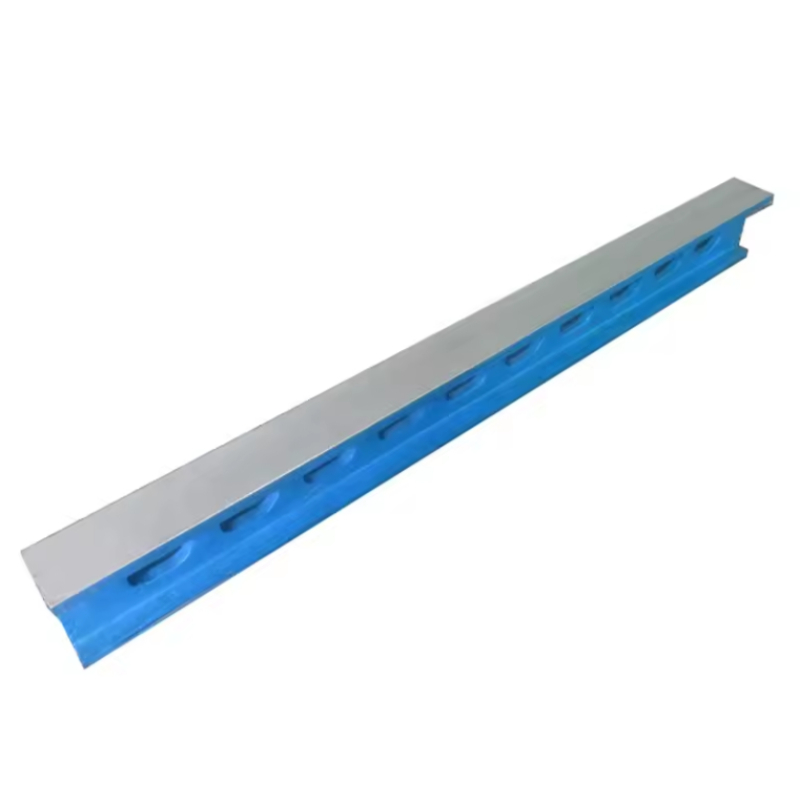Nov . 01, 2024 07:35 Back to list
Exploring Various Types of Check Valves and Their Applications in Fluid Systems
Different Types of Check Valves
Check valves play a crucial role in various fluid systems by allowing fluid to flow in one direction while preventing backflow. This functionality is vital for maintaining system efficiency and preventing damage. Understanding the different types of check valves can help in selecting the right valve for specific applications.
1. Swing Check Valve
The swing check valve is one of the most common types. It features a disc that swings on a hinge, allowing fluid to pass through in one direction. When the flow stops or reverses, the disc swings back to its closed position, effectively blocking backflow. Swing check valves are ideal for large diameter pipes and are typically used in water and wastewater systems.
Lift check valves operate differently than swing valves. They use a disc that moves vertically to open and close the valve. When fluid flows in the correct direction, the disc lifts off its seat, allowing flow. If the flow reverses, the disc falls back onto the seat due to gravity or spring action, sealing the valve. Lift check valves are suitable for high-pressure applications and are often found in steam, gas, and oil systems.
3. Tilting Disc Check Valve
different types of check valves

The tilting disc check valve is a variation of the swing check valve with a disc that tilts to open. Unlike the traditional swing check valve, the tilting design allows for more responsiveness to flow changes. This type of valve is efficient for reducing pressure drop and is often used in applications involving high flow rates and high pressures, such as in power plants and petrochemical facilities.
4. Ball Check Valve
Ball check valves utilize a ball that moves up and down to open and close the passage. When fluid flows in the correct direction, the ball rises, allowing passage. In case of reverse flow, the ball drops back onto its seat, preventing backflow. These valves provide a reliable seal and are commonly used in water and wastewater systems, as well as in oil and gas transport applications.
5. Spring-Loaded Check Valve
Spring-loaded check valves incorporate a spring mechanism that aids in closing the valve tightly. The spring applies pressure to the disc or ball, ensuring that it seals effectively against backflow. These valves are known for their quick response and tight seal, making them suitable for applications where backpressure may be a concern, such as in chemical processing and irrigation systems.
Conclusion
When selecting a check valve for a particular application, it is important to consider factors such as the type of fluid, pressure conditions, and flow rates. Each type of check valve offers distinct advantages and suitability for various industries. Understanding these differences helps in making informed decisions, ultimately enhancing the reliability and efficiency of fluid systems. By selecting the appropriate check valve, engineers can ensure smooth operations and prevent costly downtimes caused by backflow incidents.
-
Why Metric Trapezoidal Thread is Ideal for Precision Motion ControlNewsAug.05,2025
-
The Unique Properties of a Block of Granite for Industrial UseNewsAug.05,2025
-
The Role of Flanged Y Strainers in Preventing Pipeline ClogsNewsAug.05,2025
-
The Importance of Regular Calibration for Master Ring GagesNewsAug.05,2025
-
How a Cast Iron Surface Table Enhances Accuracy in ManufacturingNewsAug.05,2025
-
Comparing Different Check Valve Types for Optimal Flow ControlNewsAug.05,2025
Related PRODUCTS









